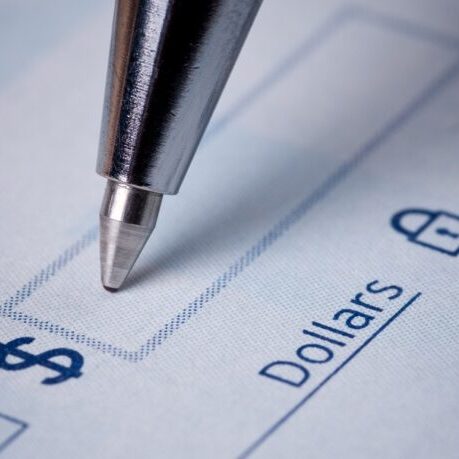Requirements for a Business Acquisition Loan
This article discusses the main requirements you must meet to qualify for an SBA 7(a) loan. This type of loan is one of the most common financing tools used by small business owners to finance a business acquisition.
A Quick Word on SBA Loans
The term "SBA Loan" is a bit of a misnomer because the SBA does not lend money directly. Rather, it provides certain guarantees to financial institutions, who, in turn, make loans. The bank itself makes the loan and takes some of the risk. This detail is important because each bank's requirements are likely to differ.
Business Acquisition Loan Requirements
Banks participating in the SBA loan program usually consider the following criteria when evaluating a potential borrower:
1. Reasonable personal credit
To get a business loan, the borrower (or some of the borrowers, if a group is seeking a loan) must have decent personal credit. Most institutions will work with credit scores from 650 to 690.
2. Signed letter of intent
You give the seller of the business a signed letter of intent that states the proposed terms for the acquisition. You must provide a signed letter of intent to get a term sheet. There are no exceptions to this requirement.
This requirement is often viewed as a potential catch-22. Buyers don't want to make an offer to the seller until they have qualified for funding. And lending institutions are not willing to provide terms until they see the letter of intent. However, the solution is simple. A well-crafted letter of intent should contain a clause stating that the offer is contingent on getting financing. This clause is common in business acquisitions and gives the buyer a reasonable time-frame to find financing.
3. Borrower information form (Form 1919)
This form is used to collect information about the principal(s), key individuals in the business, and guarantors, along with information about any current or past government financing. You can find the form here.
4. Personal financial statement (Form 413)
The personal financial statement contains all relevant financial information about you, your business partners, each owner with more than 20% equity, and each guarantor. This detailed form is used to determine your repayment ability and creditworthiness. This form can be intimidating - don't let it be. Remember that the SBA provides the bank with a guarantee on your behalf specifically to help borrowers that wouldn't otherwise qualify for a loan. You can find the form here.
5. Three years of personal/corporate tax returns
As part of the application package, you need to provide three years of personal tax returns. Additionally, you must provide three years of corporate tax returns on the business that you are looking to acquire.
6. Three years of business financial statements
As part of the application package, you must provide three years of financial statements for the business you plan to acquire. Most banks ask for Profit and Loss Statements, Balance Sheets, and Cash Flow Statements.
7. Debt schedule
As part of the application package, you have to provide a debt schedule that lists all the debts/liabilities of the business.
8. Management experience
To qualify for a loan, some (or all) of the applicants must have substantial business experience. It is better if your experience is in the same industry of the business that you are trying to purchase, but that is not always a requirement. Ultimately, you have to prove to the participating lender that you are able to manage the business that you plan to buy and that you are a safe risk.
9. Debt service coverage ratio
The debt service coverage ratio is the ratio of cash that is available to service debt, interest, and lease payments. It's calculated by dividing the Net Operating Income by the Debt Service. The higher the ratio, the easier it is to obtain a loan. At a minimum, the business you are going to buy should have a debt service coverage ratio of 1.15.
10. Down payment
As a rule, SBA bank participants prefer that the owners make a down payment of 20% of the total value of the business. Yes, this number is high, but it shows the lender that you are committed to the business. You can reduce your down-payment requirement by convincing the seller to extend some financing to you. Note that for this strategy to work, the seller must also be willing to take a two-year standby/standstill. Even if you get seller financing, you must be able to provide a minimum down payment of 10%. To learn more, read "What is the cost of buying the business?"
One last word
If you are looking to acquire a business in the near future, please read our guide on how to get a business acquisition loan.
Want to finance a business acquisition?
The first step to work with us is to submit this form. Once we review it, one of our associates will contact you to discuss the specific details of your acquisition.
Editor's note:
This information should not be considered legal or financial advice. Given the complexity of business acquisitions, this document is not guaranteed to be 100% accurate or cover every potential option. However, we make every effort to provide you with the best information. If you have comments, suggestions, or improvements, contact us via LinkedIn.






